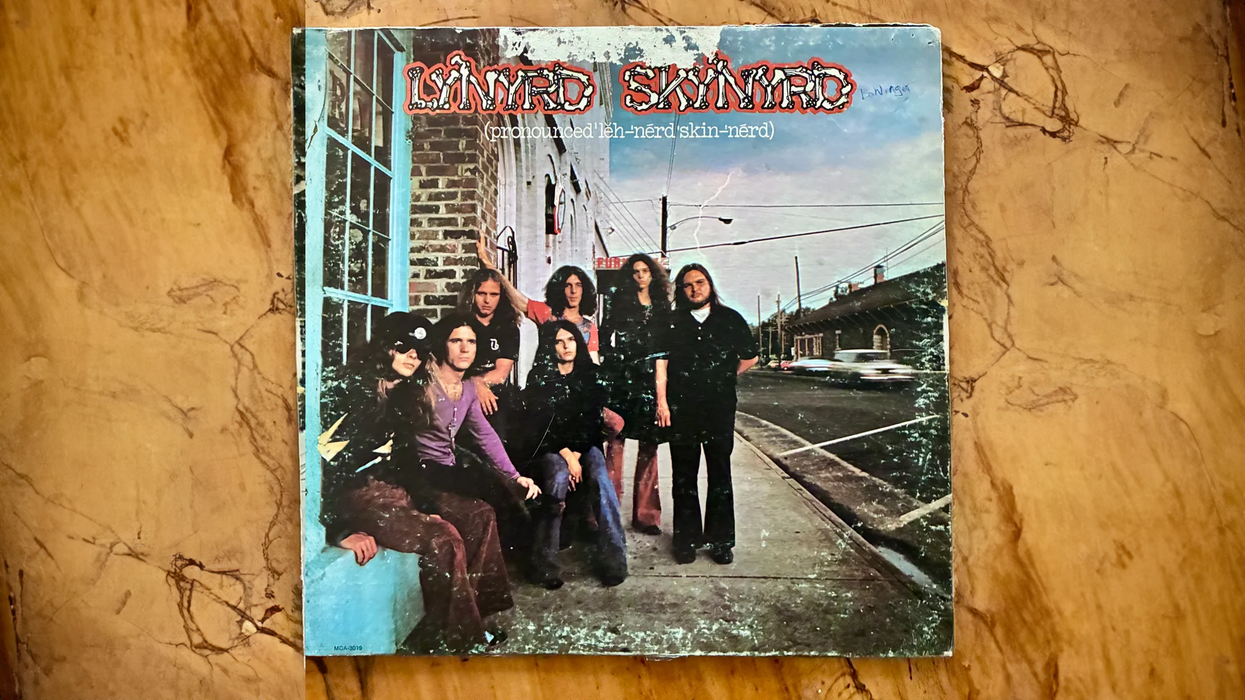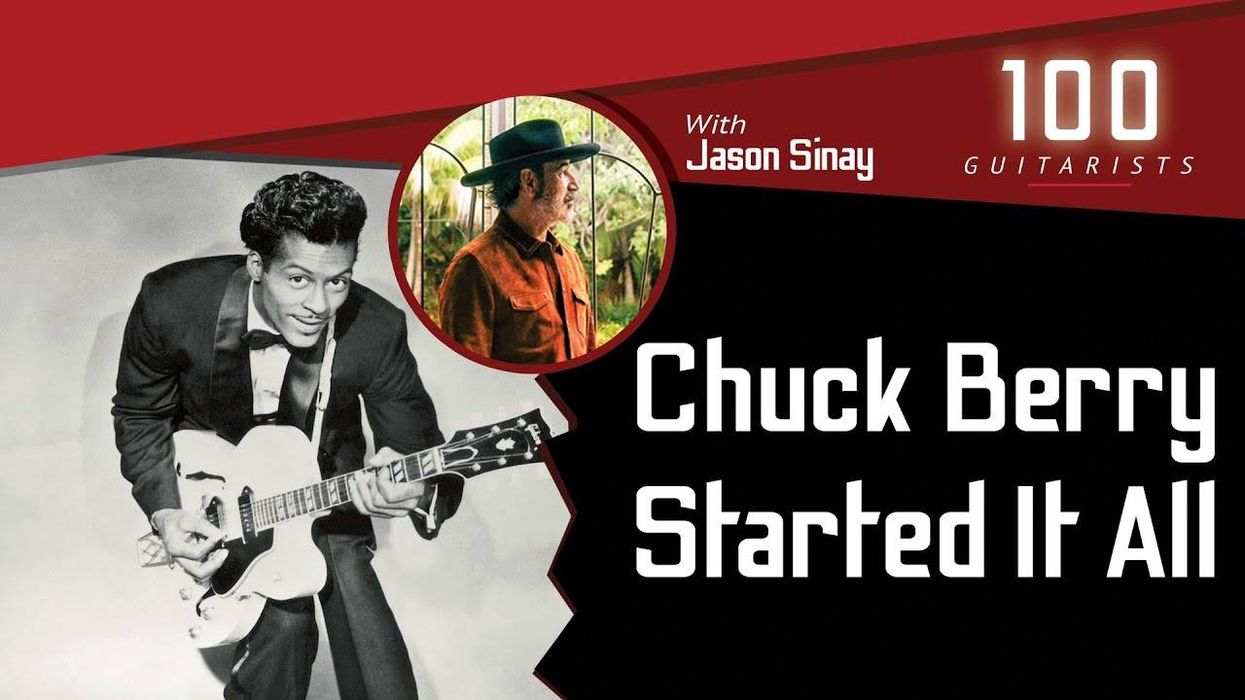Chops: Intermediate
Theory: Beginner
Lesson Overview:
• Learn about the soukous and maringa lead and rhythm styles.
• Understand how to syncopate arpeggios in the style of Diblo Dibala.
• Play desert blues phrases à la Ali Farka Touré.
Click here to download a printable PDF of this lesson's notation.
African music is extensive and this introduction should be considered just the tip of the iceberg. Africa comprises 55 countries—each with its own unique style—so it would be impossible to summarize an entire continent’s worth of music into this lesson. People outside of Africa tend to lump the varying sounds and grooves together the way someone might think of rock music. Both Elvis Presley and Metallica can be placed under that label, but are completely different in nearly every imaginable way.
Many African songs include several short interlocking parts that fit together like a musical puzzle. For this lesson I’ve composed two examples, and we’ll dissect, isolate, and internalize the elements of each one and then throw in a solo fingerpicking groove that’s quite unlike what you might find in traditional Western fingerstyle or classical guitar.
It’s worth noting that African guitarists often play Strat-style guitars, and playing with a clean tone that’s enhanced with a touch of chorus and slapback delay will give you a more authentic sound. Okay, let’s get to work.
The first three examples feature both rhythm and lead soukous-style guitar parts. Soukous is a hybrid that grew out of the Congo’s African rumba, which incorporated Cuban rhythms into Congolese dance styles. Soukous integrated even more indigenous sounds and was further developed in such East African countries as Kenya and Zimbabwe.
You can see the chord progression in Ex. 1 is a common I-IV-V-IV in the key of D. The harmony may be easy, but don’t underestimate the complexity of this groove. The rhythmic syncopations found in typical soukous parts will likely be new and challenging for most guitarists.
Click here for Ex. 1
Ex. 2 presents our first of many syncopated arpeggio variations. For the most part, this melody outlines the chords D-G-A-G. Use a relaxed, sweeping movement for picking the melody and hold down the chord shapes whenever possible.
Click here for Ex. 2
Ex. 3 is another single-note arpeggio variation. Note the unusual triplet figure on beat 3 of the first measure. This isn’t necessarily played exactly as notated. One can easily argue that African music should not be written down—at least using Western notation—as it contains many nuances that are beyond the scope of traditional notation. I understand this argument, yet I believe it’s better to have something rather than nothing. But I concur that listening trumps reading, so use the notated music as a reference and rely on the audio to interpret the rhythms.
Click here for Ex. 3
Now let’s break down the polyrhythmic maringa style using examples you might hear coming out of Sierra Leone. Ex. 4 presents a series of arpeggios mixed with scale runs.
Click here for Ex. 4
I’ve deliberately left out chord names in Ex. 5—a bass line arranged for guitar—and Ex. 6 because once they begin, the harmony becomes a bit ambiguous. This is very common in African music. One guitar might play a Dm arpeggio while the bass emphasizes an F chord, while still another part features an A minor scale run.
Click here for Ex. 5
Click here for Ex. 6
Don’t be too hung up on the specifics of the harmony. Just knowing that the piece is in the key of A minor is enough for now. Instead make sure you’re playing those rhythms correctly!
Ex. 7 is a composite of the entire groove.
Click here for Ex. 7
Finally I have included one repetitive solo guitar groove. Ex. 8 is similar to the Sahara desert blues popularized by Ali Farka Touré. (Note the capo on the 3rd fret.) This unusual pattern requires just the right laid-back, rhythmic lope to make you feel like you’re sauntering through the African countryside.
Click here for Ex. 8
From the legendary Nigerian musicians Fela Kuti and Victor Uwaifo to those lesser known, such as the Congo’s Samba Mapangala and Sierra Leone’s S. E. Rogie, African music means different things to different people. Use this lesson as a starting point and then go off to explore Africa yourself!











![Rig Rundown: Russian Circles’ Mike Sullivan [2025]](https://www.premierguitar.com/media-library/youtube.jpg?id=62303631&width=1245&height=700&quality=70&coordinates=0%2C0%2C0%2C0)













